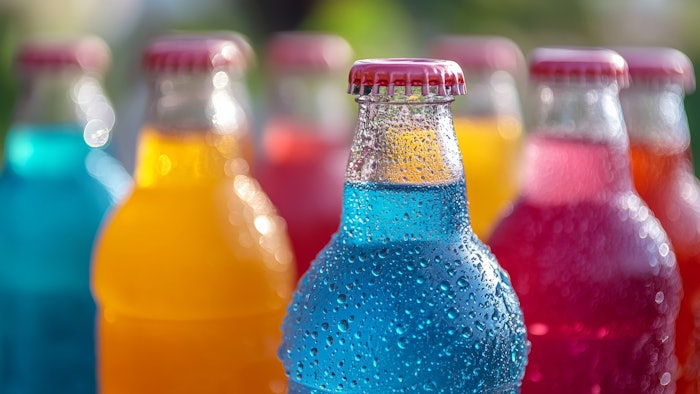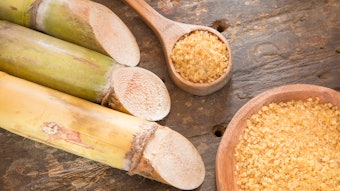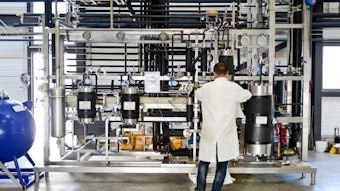
The global taste modulators market is projected to grow from $1.8 billion in 2025 to $3.1 billion by 2032, according to a new report from ResearchAndMarkets. This represents a compound annual growth rate of 7.8%, largely driven by use in plant-based and functional foods.
“Growing demand for natural, plant-based and clean-label solutions is driving the use of modulators derived from botanical extracts, yeast and other natural sources,” the report states. “With sweet modulators leading due to demand for sugar reduction, sand salt modulators gaining traction under sodium reduction mandates, these compounds are becoming essential for the booming plant-based and functional foods markets.”
North America is currently the largest market for taste modulators with 37.1% share of the global market. Regulatory initiatives and investments from large companies are accelerating product reformulations as consumers look for healthier alternatives. Asia-Pacific is expected to experience the fastest growth over the forecast period. The report attributes this growth to rapid urbanization, growing prevalence of diet-related diseases and the rising popularity of plant-based diets.
Natural taste modulators are the most popular and are expected to grow the fastest in the forecast period. These modulators include stevia, monk fruit, thaumatin, licorice, seaweeds, mushrooms, vinegar and others. The report notes that not only are these ingredients used as sugar, salt and fat reducers, but they can also be used to mask off-notes in alternative proteins.
Beverages represent the largest application for taste modulators currently and are projected to see a CAGR of 8.7 during the forecast period. The category sees widespread use of taste modulators in soft drinks, flavored and mineral waters, energy drinks, juices and plant-based alternatives.










